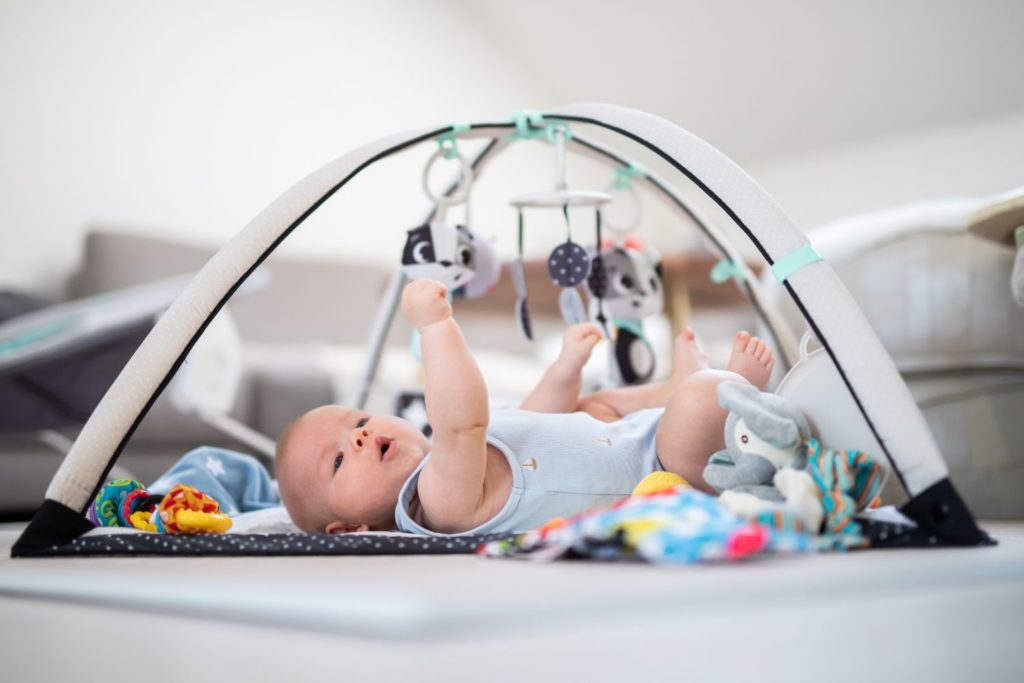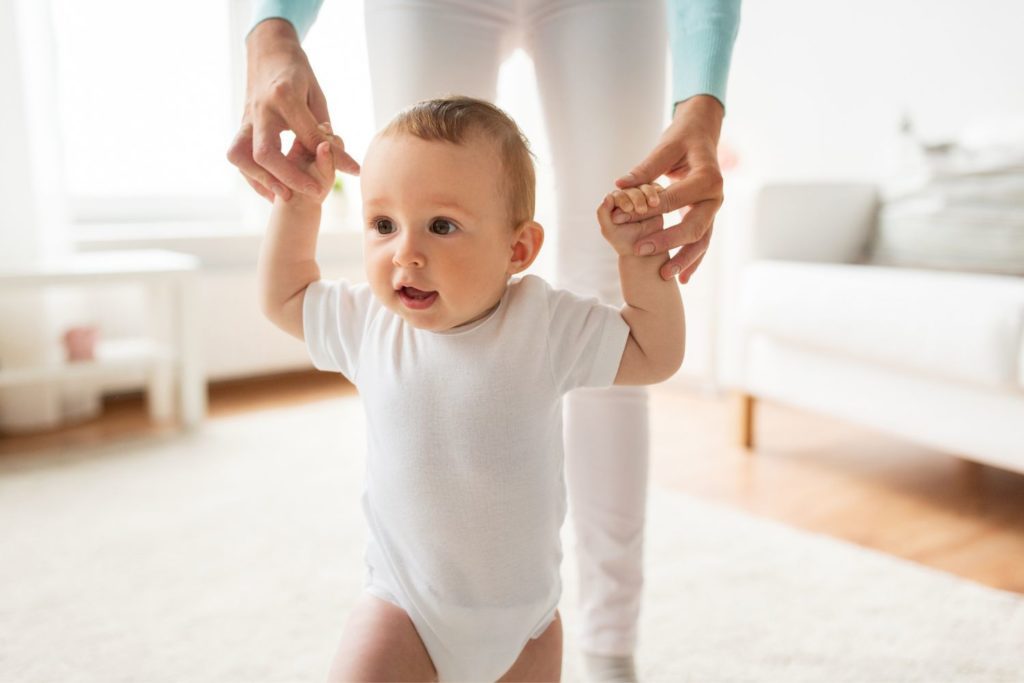Baby walkers might seem like a fun way to help your little one learn to walk, but there are important safety concerns to consider. Here’s when to ask your pediatrician about the safety of using a baby walker and what you need to know to keep your baby safe.
Why Baby Walker Safety Matters
Baby walkers can pose significant risks, including falls, access to dangerous objects, and delays in motor development. Understanding these risks can help you make an informed decision.
Signs It’s Time to Ask About Baby Walker Safety
When should you discuss baby walker safety with your pediatrician? Here are some signs:
- Considering a Purchase: If you’re thinking about buying a baby walker.
- Using a Hand-Me-Down: If you’ve received a baby walker from a friend or family member.
- Development Concerns: If you’re worried about your baby’s motor development and want to explore safe alternatives.
Questions to Ask Your Pediatrician
When discussing baby walker safety, consider these questions:
- Are baby walkers safe for my baby?
- What are the potential risks of using a baby walker?
- What alternatives to baby walkers do you recommend?
- How can I ensure my baby’s safety while learning to walk?
- Are there specific developmental milestones I should watch for?
Understanding the Risks of Baby Walkers
Physical Injuries
- Falls: Walkers can tip over, causing your baby to fall and potentially suffer head injuries.
- Access to Hazards: Walkers allow babies to move quickly and reach dangerous areas like stairs, hot surfaces, and sharp objects.
Developmental Concerns
- Delayed Walking: Walkers can delay walking by preventing your baby from learning to balance and coordinate on their own.
- Muscle Development: Walkers can hinder proper muscle development in the legs and hips.
Safer Alternatives to Baby Walkers
Stationary Activity Centers
- Stationary Centers: These provide a safe space for your baby to play and explore without the mobility risks of a walker.
- Developmental Benefits: Activity centers encourage reaching, grasping, and playing, which supports motor development.
Floor Time
- Tummy Time: Encourage tummy time to strengthen your baby’s muscles and prepare them for crawling and walking.
- Free Movement: Allow your baby to move freely on a safe, baby-proofed floor.
Push Toys
- Push Toys: Push toys provide support as your baby learns to stand and walk while allowing them to practice balance and coordination.
- Supervised Use: Always supervise your baby while they use push toys to ensure safety.

Ensuring a Safe Environment for Learning to Walk
Baby-Proofing
- Remove Hazards: Baby-proof your home by removing hazards like sharp objects, small items, and breakable items.
- Safety Gates: Use safety gates to block off dangerous areas like stairs.
Safe Play Areas
- Create a Safe Space: Designate a safe play area with soft flooring and no sharp edges.
- Supervised Play: Always supervise your baby during playtime to prevent accidents.
Monitoring Your Baby’s Development
Milestones
- Crawling: Encourage crawling as an important milestone before walking.
- Pulling Up: Support your baby as they learn to pull up to a standing position.
Encouragement and Support
- Positive Reinforcement: Encourage your baby with positive reinforcement and praise as they learn new skills.
- Assisted Walking: Hold your baby’s hands or use a baby walker alternative to assist them in walking.

